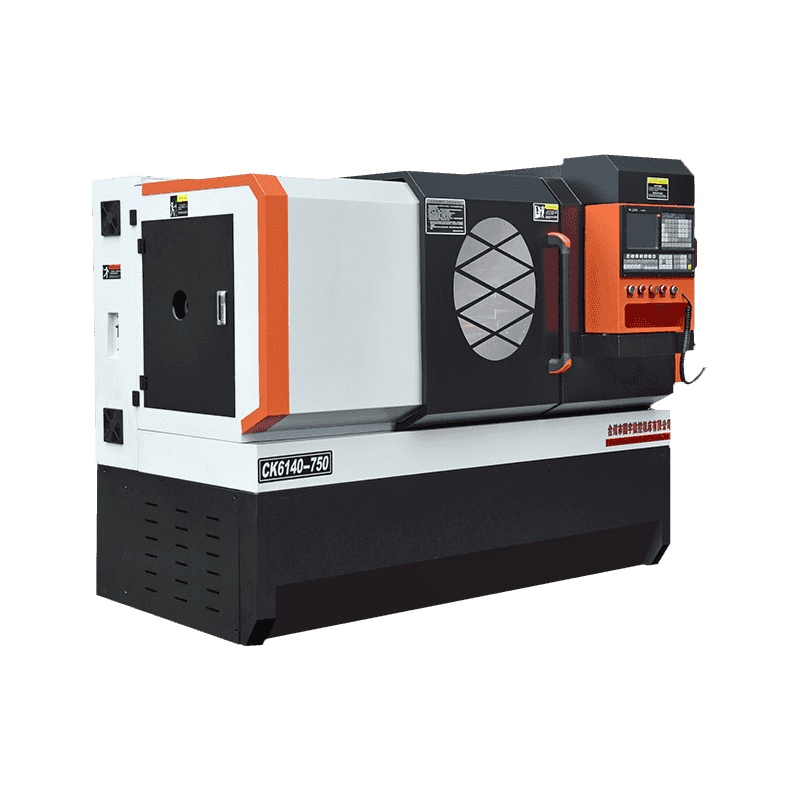We are pleased to present the VMC1580 High-Speed Vertical Machining Center, a reliable and efficient...
See Details
In modern manufacturing, precision plays a critical role in producing high-quality components that meet strict industry standards. The High Precision CNC Machine has become an essential tool for industries that require accuracy, repeatability, and efficiency in machining processes. From aerospace and automotive to medical device manufacturing, the High Precision CNC Machine ensures that complex parts are produced with minimal errors and consistency.

One of the defining characteristics of a High Precision CNC Machine is its ability to achieve exceptional accuracy and repeatability. These machines are designed to maintain tolerances as tight as a few microns, ensuring that each component produced is identical to the next.
Precision is achieved through advanced servo motors, high-resolution encoders, and rigid machine structures that minimize vibrations and positioning errors. With these features, a High Precision CNC Machine is ideal for applications where even minor deviations can bring about product failures or performance issues.
A High Precision CNC Machine is equipped with sophisticated control systems that allow for precise movement and machining operations. Modern CNC controllers use high-speed processors and advanced algorithms to optimize tool paths, reduce cycle times, and improve surface finish.
Additionally, these machines support real-time monitoring and adaptive control, allowing operators to make adjustments on the fly. This ensures that the High Precision CNC Machine maintains accuracy even when machining complex geometries or working with challenging materials.
The spindle is a crucial component of a High Precision CNC Machine, as it directly affects the machining accuracy and surface finish of the workpiece. High-precision machines use spindles with minimal runout, high rotational speeds, and bearing systems to maintain stability during cutting operations.
Many High Precision CNC Machines feature direct-drive or air-bearing spindles, which reduce vibrations and enhance machining accuracy. These spindles can operate at variable speeds, allowing for precise control over the cutting process based on material properties and tool requirements.
To achieve precision machining, the High Precision CNC Machine is built with a rigid and stable structure. The machine frame is often made from high-quality cast iron, granite, or polymer composites to absorb vibrations and maintain stability under high-speed operations.
A well-designed machine structure minimizes thermal expansion and mechanical distortions, ensuring consistent accuracy over long production runs. This structural integrity is particularly important for machining delicate components used in aerospace, medical, and optical industries.
Modern High Precision CNC Machines often come with multi-axis configurations, including 3-axis, 4-axis, and 5-axis capabilities. A 5-axis High Precision CNC Machine allows for intricate machining operations that would be difficult or impossible with traditional milling machines.
The ability to move in multiple directions enables precise contouring, undercutting, and machining of complex shapes without repositioning the workpiece. This enhances efficiency while maintaining the high level of accuracy required in industries like medical implant manufacturing and aerospace component production.
Temperature fluctuations can affect machining accuracy, causing expansion and contraction of machine components. A High Precision CNC Machine is designed with thermal compensation features, such as temperature sensors and automatic adjustments, to counteract these effects.
By continuously monitoring temperature changes and compensating for any variations, the High Precision CNC Machine ensures stable performance and maintains dimensional accuracy over extended periods of operation.
Our team of digital and business experts will guide you to the right direction.
Let's Talk